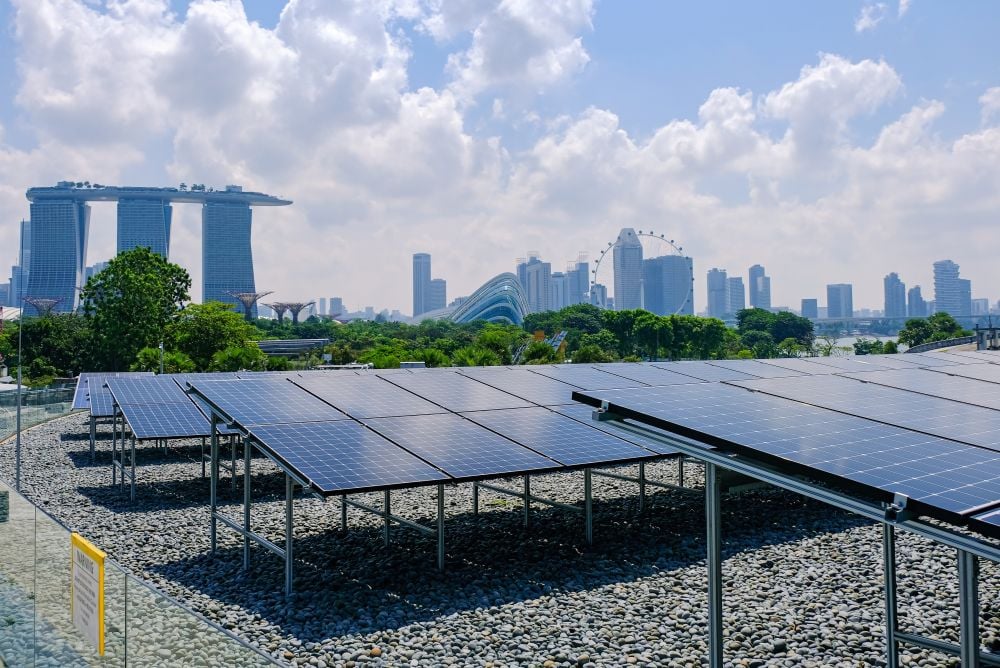The ongoing US-China trade tensions have undoubtedly triggered some shifting of resources regarding the logistical and operational set up of some enterprises.
"Some of the China-related export companies have moved their operation from China to ASEAN," says Jimmy Koh, managing director, business insights and analytics, group wholesale banking/sector solutions group, United Overseas Bank, speaking at the 13th Asian Bond Markets Summit, which commenced in Singapore today.
But he noted that trade tensions are a relatively stable factor in the sense of their longevity.
"This trade tariff thing did not happen overnight," says Koh, noting that the reason for trade tensions date back to decades ago when the US outsourced manufacturing to China. The outlook on the Belt and Road Initiative (BRI) is positive in general. "When the Belt and Road started, everybody thought it was an infrastructure project, but it now includes more things. Today we are seeing more Chinese companies coming out not just in terms of infrastructure," says Koh.
Yet concerns still exist around the BRI. "The key thing right now is that when they come down to this part of the world, they need to work with the local banks even though the Chinese banks have strong performance," Koh says.
"It takes time to understand the complexity of ASEAN. Chinese participants need to find the right partners to navigate the different countries," says Koh.
Tim Tu echoes these sentiments. "A lot of Chinese companies and banks need professional help from third parties when doing projects other than infrastructure ones under the BRI," says Tu, head of structuring of Greater China at Credit Suisse APAC financing group.
In addition, there has been much discussion whether the BRI has triggered a debt trap along the BRI countries. "Countries are in debt because many corporates are only using debt financing and not equity investment, making it look like a debt trap," says Tu.
Furthermore, issues concerning transparency also need watching. "The initiative and the Chinese participants are not transparent enough, which will lead to misunderstanding of BRI," says Tu.
Some industry watchers suggest it is not always easy to invest in BRI countries, especially the frontier markets. "In order to avoid landmines when investing in the frontier market, one has to spend a little time to understand the situation, maintain a good relationship, and hold a real vision of what the future will hold," says Rehan Anwer, managing director of Credit Suisse investment banking.









